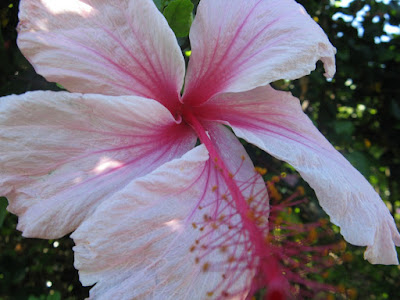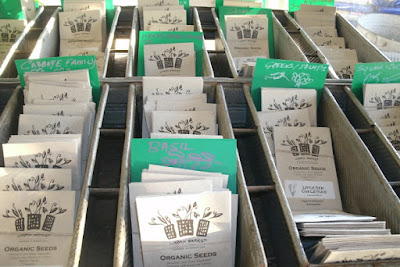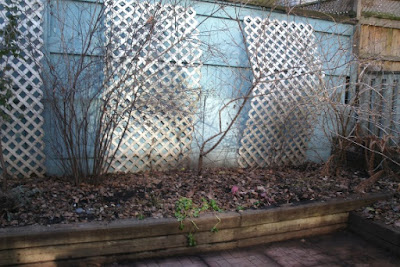“The point of gardening is the doing of it, not having got it done. It’s the process that matters, though it is of course directed towards an end result. It’s rare now for people to stay in the same place for generation after generation…In your garden, you can take a stand against the prevailing trashy mood of the time.” (p. 152)
 |
| Source: Amazon |
Anna Pavord’s The Curious Gardener—A Year in the Garden (Bloomsbury Publishing, 2010) contains such advice that all gardeners can heed. The book is a collection of articles covering diverse topics like organic farming, some famous and perhaps not so famous gardens, garden pests, and the author’s own battle with cancer. The book is structured, as the title implies, into twelve chapters for the corresponding months of the year. At the beginning of the chapter, there is a beautifully rendered wood engraving by Howard Phipps. There’s a “tasks for the month” summary of general garden maintenance and specific suggestions for looking after vegetable and fruit crops at the end of each “month”. (It should be noted that the author is the gardening correspondent for the British Independent and writes for her audience in the relatively balmy climes of England. North American hardiness zones and microclimates will likely adjust her suggestions.)
Such advice is there for those looking for it but I enjoyed more her recollections of garden visits to Villa Lante and Lotusland in Italy and California respectively and her often wry commentary on “modern” gardening ala HGTV. When she ponders our preoccupation with gas powered garden equipment and asks
“Do I want a gas-driven weed wizard, with a butane gas cylinder fastened to a long handle? Fire up the flame. Burn off the weed. No, I don’t. The thought of it makes me sick. Not because I have sympathy for the weed (I’m battling against them all the time) but because the method speaks of industrial estates, ugliness, harsh environments, techniques from a factory world that have nothing to do with the world I am trying to pull together round me in my garden. (p. 182)
I actually nodded in agreement!
The Curious Gardener is part organic gardening 101, travelogue (visits to Corsica and Costa Rica), and personal diary written in an easy-going and not overly-"instructional" manner. Her observations and gentle rants are painfully funny and sobering at times, skewering designer mulch, “wizard” tools, and a certain New York city florist. But she reminds us that in life, as in our gardens, there is hope:
“If the mood now is instant, disposable, then our gardens can become places where the opposite things are going on. We should be planting slow, steady, sustaining things. In the garden at least, if in no other part of our lives, we can dream a future.” (p. 152)
I recommend taking the time to read The Curious Gardener over these next winter months. Has anyone else read it and what did you think of it?
A book review of Anna Pavord's "The Curious Gardener" by Paul Jung, owner of a Toronto organic and ecological gardening services company.
Written by: Paul Jung
Published by: Bloomsbury UK
Date published: 10/11/2011
ISBN: 978-1408810064
Available in Paperback
Garden muses-a Toronto gardening blog by Paul Jung
The Curious Gardener is part organic gardening 101, travelogue (visits to Corsica and Costa Rica), and personal diary written in an easy-going and not overly-"instructional" manner. Her observations and gentle rants are painfully funny and sobering at times, skewering designer mulch, “wizard” tools, and a certain New York city florist.
Written by: Paul Jung
The Curious Gardener
Date published: 10/11/2011
4 / 5 stars




















